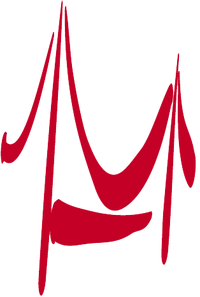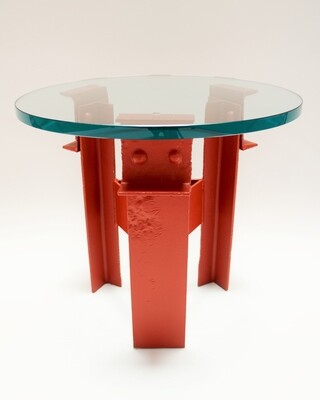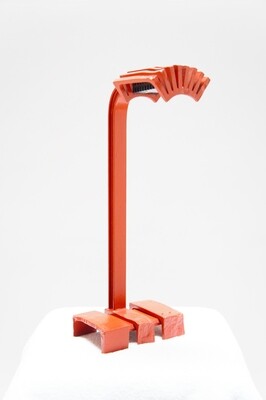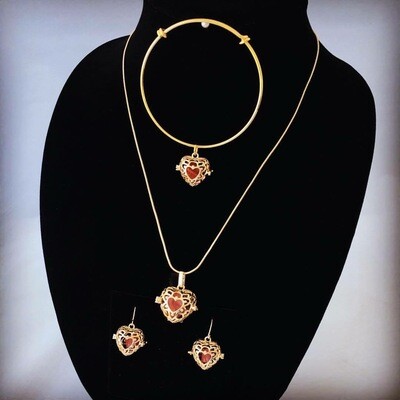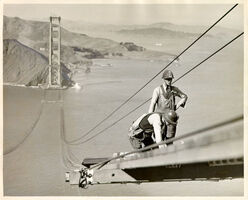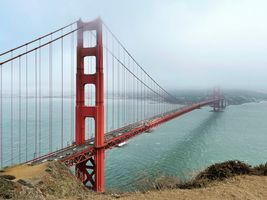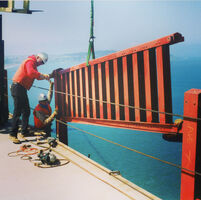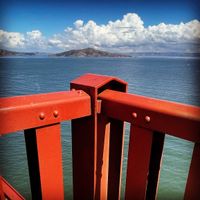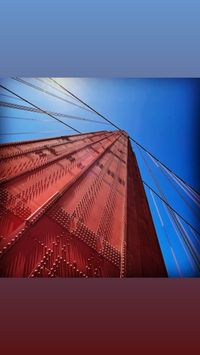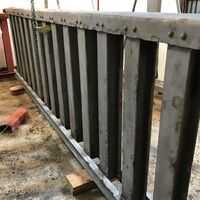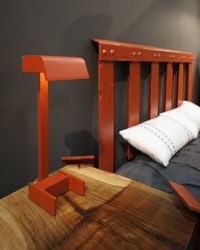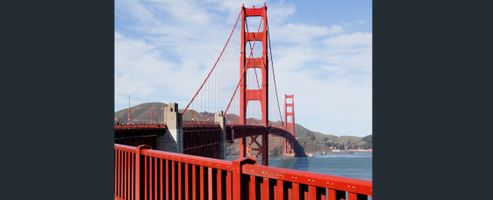

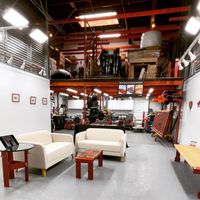
Fall Open Studios
To get a behind the scenes look at how we craft our designs, visit our Islais Creek Studios workshop for Fall 2025 Shipyard Open Studios: Date: October 18-19, 2025 11 AM to 6 PM Islais Creek Studios - Studio 403 1 Rankin Street (at Custer Avenue) San Francisco, CA 94124 Free Admission and Parking Islais Creek Studios, home to metal worker and sculptural artists, is part of Hunters Point Shipyard Artists - the country's oldest and largest working artist studio community celebrating its 40-Year Anniversary. If you are unable to attend our Open Studios events, a visit to our workshop is available by appointment - Please contact us via email or phone to schedule a visit.
Our Designs
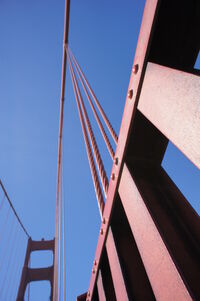
Pedestrian Handrail (1937-1993)
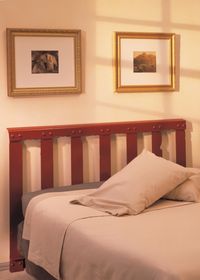
Golden Gate Furniture Co. (1994)
Contact Us
GALLERY : Fisherman's Wharf 91 Jefferson Street across from SkyStar Open 10 AM to 6 PM Daily WORKSHOP : Islais Creek Studios 3 Rankin Street @ Custer Avenue Visits Available by Appointment Only A visit to our ISLAIS CREEK STUDIOS WORKSHOP is always welcome, but please contact first to schedule an appointment. Our new MADE IN SAN FRANCISCO GALLERY location on Fisherman's Wharf is OPEN DAILY from 10AM to 6PM.
